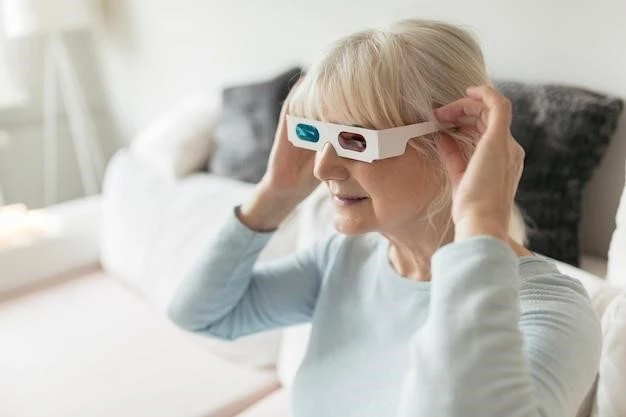Article Plan⁚ Disease⁚ Oculocutaneous Albinism Type 2
Oculocutaneous albinism type 2 is a genetic condition affecting skin, hair, and eye pigmentation․ Individuals often have fair skin, light-colored hair, and a risk of skin damage․ Genetic mutations play a key role in this disorder․

Overview of Oculocutaneous Albinism Type 2
Oculocutaneous albinism type 2 is a genetic condition that affects the coloring (pigmentation) of the skin, hair, and eyes․ Affected individuals typically have very fair skin and white or light-colored hair․ Long-term sun exposure greatly increases the risk of skin damage and skin cancers, including an aggressive form of skin cancer called melanoma, in people with this condition․
Oculocutaneous albinism is a group of inherited disorders of melanin biosynthesis characterized by a generalized reduction in pigmentation of hair, skin, and eyes․ The prevalence of all forms of albinism varies worldwide, with about 1 in 70 people carrying a gene for OCA․
Genetic mutations in genes such as TYR, OCA2, TYRP1, and SLC45A2 underlie different types of oculocutaneous albinism․ OCA2, also known as brown OCA, is the most common type and typically presents with creamy white skin and light yellow, blond, or light brown hair․
Individuals with OCA2 may have a wide range of skin pigmentation, and vision problems associated with this condition can vary depending on genetic backgrounds and specific mutations present․ Regular follow-ups and sun protection are recommended to manage the associated risks effectively․
Genetic Causes of Oculocutaneous Albinism Type 2
Oculocutaneous albinism type 2 is primarily caused by genetic variants in the OCA2 gene․ More than 80 variants in the OCA2 gene have been identified in individuals with this condition․ These genetic changes lead to reduced pigmentation in the skin, hair, and eyes․ People with OCA2 often exhibit light yellow, blond, or light brown hair, creamy white skin, and light-colored eyes․ The variability in phenotype may include the darkening of hair with age and the presence of pigmented nevi or freckles․ African and African American individuals with OCA2 may present with yellow hair and blue-gray or hazel irides․
Clinical Features and Symptoms of Oculocutaneous Albinism Type 2
Oculocutaneous albinism type 2 presents with variable clinical features․ Individuals may have light yellow, blond, or light brown hair, creamy white skin, and light-colored eyes․ Some affected individuals may develop pigmented nevi or freckles, and hair color can sometimes darken with age․ African and African American individuals with OCA2 may exhibit distinct features like yellow hair and blue-gray or hazel irides․
Vision Problems Associated with Oculocutaneous Albinism Type 2
Oculocutaneous albinism type 2 is associated with vision problems similar to those in OCA1․ Individuals with OCA2 may have a wide range of skin pigmentation, which can vary based on genetic background and specific mutations present․ While individuals with OCA2 generally have more pigment and better vision than those with OCA1, they may still experience vision issues․ Regular eye check-ups and appropriate vision interventions are crucial to manage any visual impairments effectively․
Skin and Hair Pigmentation in Oculocutaneous Albinism Type 2
Oculocutaneous albinism type 2 is characterized by variable skin and hair pigmentation; Individuals with OCA2 may have light yellow, blond, or light brown hair along with creamy white skin․ Hair color can sometimes darken with age, and some affected individuals may develop pigmented nevi or freckles․ African and African American individuals with OCA2 may exhibit distinct features like yellow hair and blue-gray or hazel irides, adding to the variability in skin and hair pigmentation․
Prevalence of Oculocutaneous Albinism Type 2
Oculocutaneous albinism type 2٫ also known as brown albinism٫ has an estimated prevalence of 1 in 38٫000-40٫000 individuals in most populations globally․ However٫ this prevalence differs among various populations٫ with the African population having a higher prevalence of 1 in 3٫900-1٫500․ The condition is characterized by a range of skin and hair pigmentation variations٫ with most individuals showing minimal to near-normal pigmentation levels․ Regular monitoring and genetic counseling can help manage this condition effectively․
Diagnosis and Testing for Oculocutaneous Albinism Type 2
Diagnosing oculocutaneous albinism type 2 involves clinical evaluation and genetic testing․ Skin and hair pigmentation٫ along with characteristic ocular changes٫ can help in diagnosis․ Genetic tests can identify mutations in the OCA2 gene٫ confirming the diagnosis․ It’s important to consult with healthcare professionals and genetic counselors to determine the appropriate testing and management plan․ Early detection can facilitate timely interventions and appropriate support for individuals with this condition․
Management and Treatment Options for Oculocutaneous Albinism Type 2
Management of oculocutaneous albinism type 2 involves sun protection to minimize the risk of skin damage and skin cancers due to long-term sun exposure․ Individuals should use broad-spectrum sunscreen, wear protective clothing, hats, and sunglasses, and seek shade during peak sun hours․ Regular follow-ups with healthcare providers are essential to monitor skin health and address any concerns promptly․ Additionally, genetic counseling can provide valuable information about the condition and help individuals understand their genetic risks․

Prognosis and Long-Term Outlook for Individuals with Oculocutaneous Albinism Type 2
Individuals with oculocutaneous albinism type 2 can lead fulfilling lives with appropriate management strategies․ While the condition may present challenges related to skin sensitivity and vision impairments, early diagnosis, regular monitoring, and sun protection measures can significantly improve the long-term outlook․ By adopting sun-safe practices and seeking necessary medical interventions, individuals with oculocutaneous albinism type 2 can maintain their skin health and vision, enhancing their overall quality of life․
